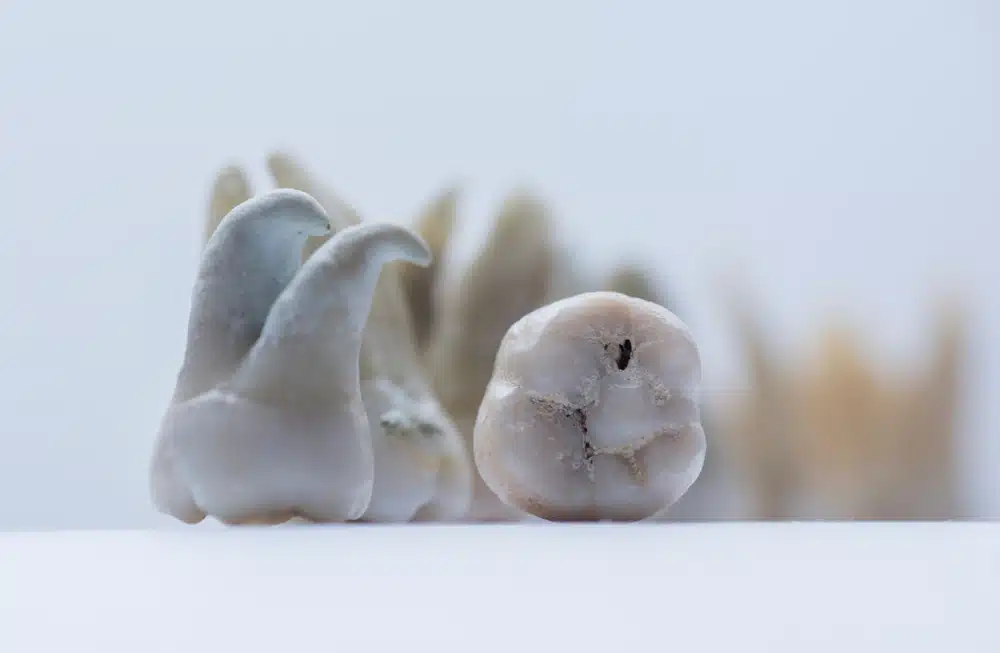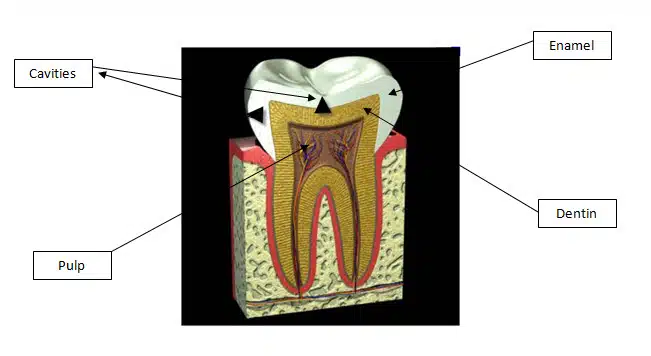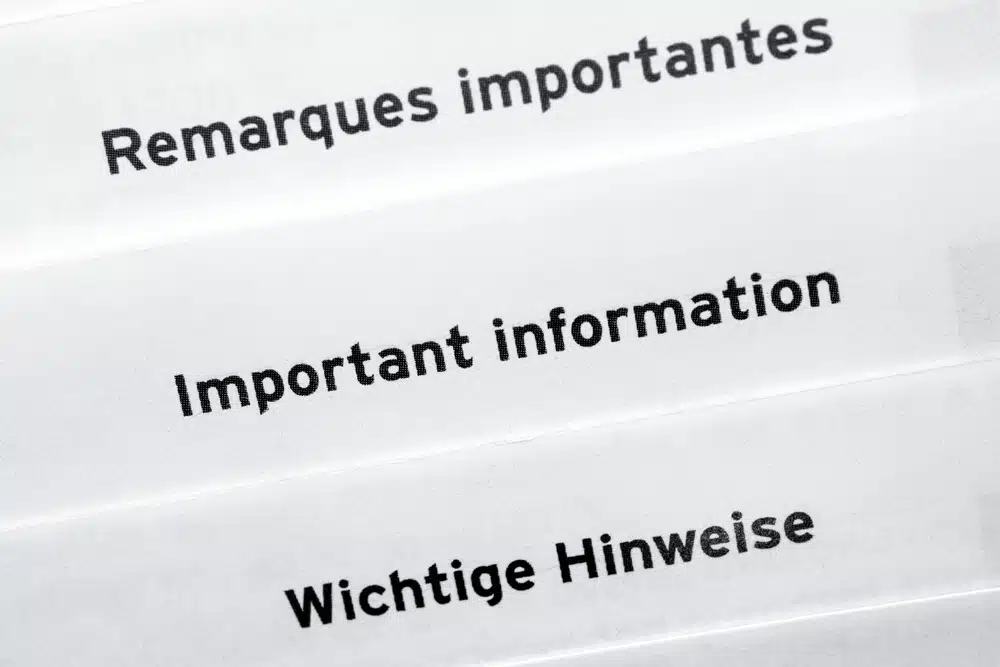
Don’t Wait for Tooth Pain to See Your Dentist
Recently, I saw four new patients in my dental office during a given week. All four of those patients scheduled their visits because they perceived pieces of their tooth chipping away. In three out of four of those cases, the offending tooth was so badly decayed that the tooth couldn’t be saved. Yet only one of those patients came in with any discomfort.
The common thread in each of these cases is that the patient waited until the tooth was actually breaking apart to seek dental care. All too often, the trigger that brings people to the dentist is pain. Yet here, we had at least three cases where pain was not a factor and yet the tooth was decaying.
How is this possible?
A little understanding of dental anatomy helps here. The outer layer of teeth, the enamel, is the hardest substance in your body. Because its composition is predominantly mineral, it is possible to have decay throughout that layer without experiencing any sensation. In fact, it is even possible for your dentist to drill that part of the tooth (in most cases) without pain. The next layer under your enamel is called dentin. Decay can travel into the dentin – where it usually spreads more quickly, because it is not as hard – and a person still may not experience pain.
By the time a tooth that is decayed hurts, the decay has generally travelled so far that it nears the innermost layer – the pulp. The pulp contains nerves and blood vessels – so, naturally, pain becomes a factor. If a patient is lucky enough to have enough tooth structure remaining, chances are that the tooth will need a root canal if it is to be saved. Otherwise, extraction is the usual alternative.
One lost tooth can lead, in turn, to still other dental problems. Most notably these include shifting teeth, TMJ problems, periodontal problems, cosmetic difficulties or simply difficulty chewing. It may even lead to the loss of more teeth – not to mention the fact that tooth replacement options can become rather expensive.
Hopefully, just understanding that a lack of pain does not equate to a lack of problems will prompt some readers that haven’t seen a dentist in a long time to do so. Sometimes people fear learning that they have cavities that need to be treated, and so they put off the examination. Consider, however, that it is better to learn you have five teeth that need fillings, than to learn you have several that have to be extracted.









